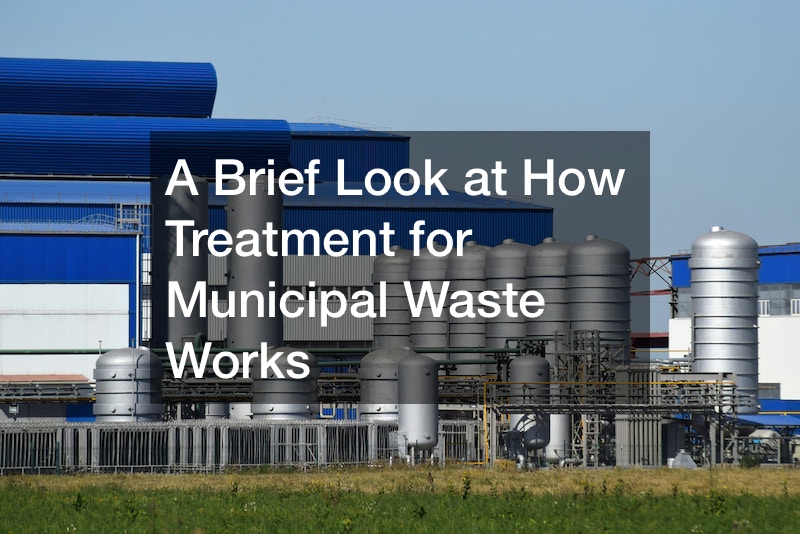
This video shows that the first stage of treatment for municipal waste is the primary treatment. In this stage, the wastewater flows into large settling tanks called primary clarifiers. The velocity of the water reduces, allowing solid particles to settle at the bottom of the tanks.
These settled solids get removed and further treated.
After primary treatment, the wastewater undergoes secondary treatment. This stage aims to remove dissolved organic matter and nutrients from the wastewater. It goes to aeration tanks where microorganisms, such as bacteria and protozoa break down the organic matter.
There’s oxygen in these tanks to support the growth of aerobic microorganisms. The wastewater undergoes agitation to ensure proper mixing and contact between microorganisms and organic matter. Once the organic matter has broken down, the wastewater enters secondary clarifiers. In these tanks, the activated sludge settles, and the clarified water separates from the sludge.
It returns to the aeration tanks for further treatment while the clarified water moves on to the next stage. Tertiary treatment further removes any remaining impurities from the wastewater. This stage typically includes processes like filtration, disinfection, and chemical treatment.
Filtration involves passing the water through sand or other media to remove fine particles and any remaining solids. Disinfection kills harmful pathogens that may still be present in the water. The most common disinfection methods include chlorination, ultraviolet (UV) irradiation, and ozonation.
.








